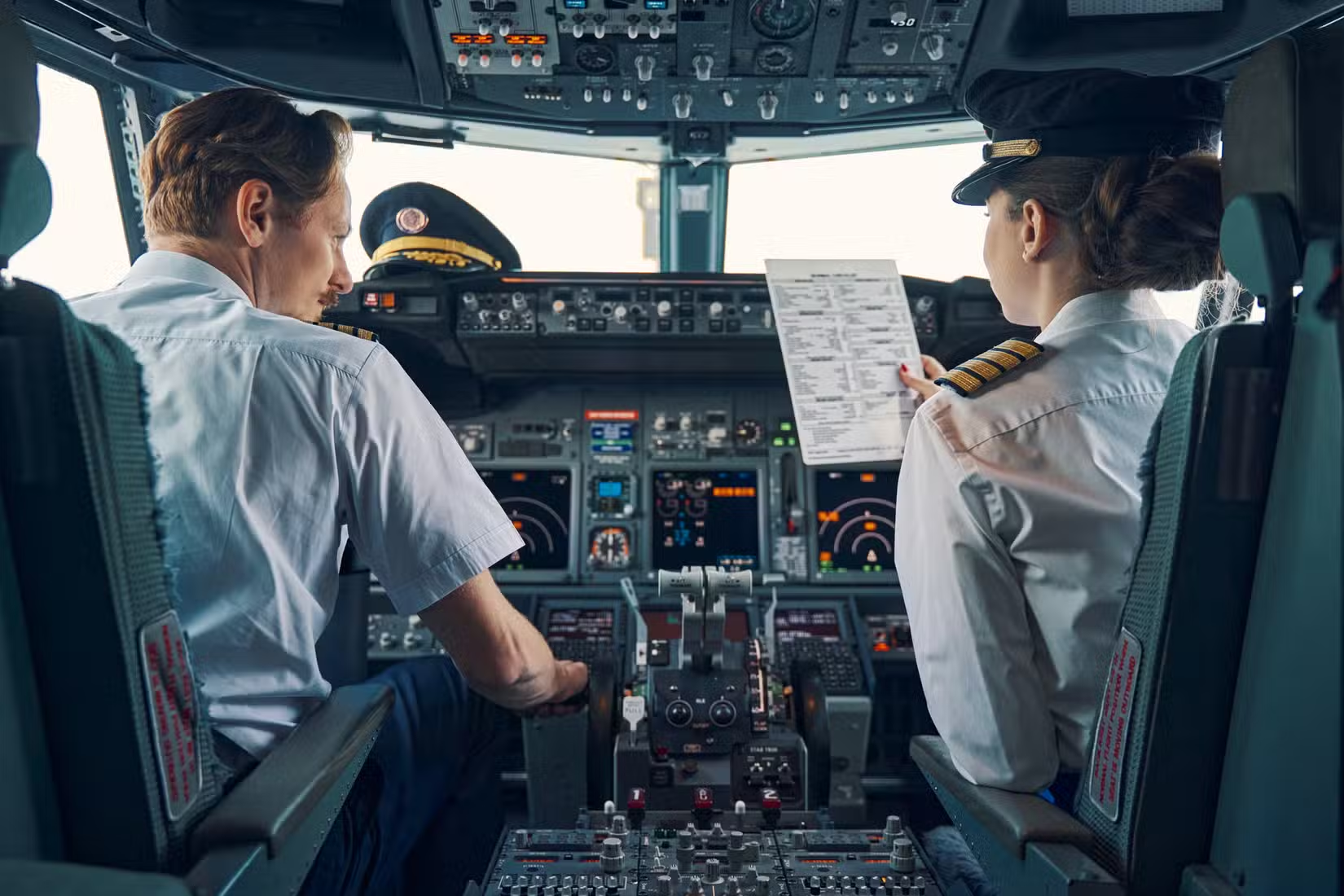Part 141 vs Part 61
When choosing a flight school, aviation students can choose from two types of flight training schools — Part 61 flight instruction or a Part 141 flight school. While both types of flight instruction are perfectly legitimate methods of pilot training, there are advantages to receiving flight instruction from a Part 141 flight school.
WHAT DOES PART 141 MEAN?
To better understand the two different types of flight training methods, it is helpful to determine exactly what these terms mean.
The term “part” in this case refers to a part of the Federal Aviation Regulations, or FARs. The FARs outline requirements for pilots, flight schools, maintenance requirements, and many other aviation-related topics.
Part 61 of the FARs is all about the regulations for pilot certification. It outlines the topics covered during flight training and the amount of flight hours required to obtain specific flight certificates. Part 141 describes regulations for flight training institutions and flight schools. Under Part 141, a flight school must seek and maintain FAA approval for its training curriculum, syllabus and lesson plans, creating a more structured flight training environment. A Part 61 training environment is less strict, and leaves an instructor with more flexibility to change the training program as he sees fit. Both training programs teach to the same FAA practical test standards.
FEWER HOURS
he main advantage to training with a Part 141 flight school is that good students can progress quickly. Under Part 141, students can gain certificates with fewer hours in the airplane. For example, a private pilot certificate requires 40 flight hours under Part 61, but only 35 hours under Part 141. In addition, the commercial pilot certificate can be accomplished in just 190 flight hours at a Part 141 school, as opposed to 250 hours under Part 61.
STABLE CURRICULUM
Part 141 flight schools have a strictly defined training environment. These flight programs are typically created for the career-minded pilot and offer a curriculum geared toward professionals. While both Part 61 and Part 141 are policed by same FAA standards, a Part 141 environment can operate more efficiently while training pilots toward a specific career path.
The FAA reviews Part 141 curriculum on a regular basis, checking for consistency, continuity and acceptable flight training practices.
PROFESSIONAL TRAINING ENVIRONMENT
The training environment at a Part 141 school is different from a Part 61 operation. First, a Part 141 school must operate with a certain degree of continuity. When a student completes one stage, they must be able to move immediately on to the next. Ground and flight training instructors must follow the same approved syllabus and same training standards, which makes learning from different instructors easy.
Second, Part 141 schools must maintain satisfactory performance rates. Without the FAA checking in on them constantly, Part 61 instructors aren’t always penalized for being sub-par. A high failure rate, for example, may go unnoticed. In a Part 141 environment, however, poor instruction is taken seriously and reviewed by the FAA to ensure a proper training environment.
Finally, the Part 141 training environment can be very fast-paced. Learning takes place quickly, and students must study consistently. But it also means that students at a Part 141 training school will see results and earn pilot certificates quickly, too.




